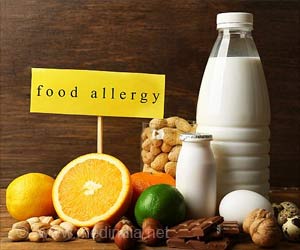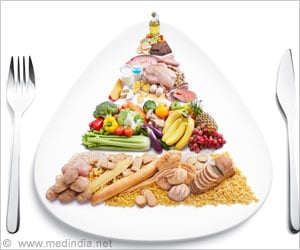Children in UK are still exposed to the same level of advertising for junk foods high in fat, salt and sugar in spite of new regulations restricting TV advertisements for food.

In work funded by National Prevention Research Initiative and published today in PLoS ONE, the team describe how they examined the nutritional content of TV ads 6 months before new restrictions were introduced in 2007 and then again 6 months after the full restrictions were put in place in July 2009. They linked this data to how many people saw the adverts and discovered that even after the restrictions were in place, 14.6% of adverts seen were for food and half of those (51.1%) were for less healthy items such as crisps, sugared breakfast cereals and drinks containing large amounts of sugar.
Although almost all adverts shown during children's programmes adhered to the restrictions, children were still exposed to the same amount of ads for unhealthy foods as they had been before the restrictions – because children don't just watch children's programmes.
Dr Jean Adams, Lecturer in Public Health at Newcastle University said: "While adverts stay within the letter of the law, I think we can say we're still not getting the spirit of the law. These regulations were brought in to help young people make better lifestyle choices and encourage a healthier diet. However, what they are seeing is exactly the same amount of advertising for food which is high in salt or high in sugar and fat as before the regulations came in.
"We know advertising works – otherwise food companies wouldn't use it - so we have a duty to further tighten up the restrictions particularly if we're going to help our young people grow up to make good choices about the food they eat."
The restrictions which have been phased in since April 2007, apply to foods prominently displayed in adverts and include non-alcoholic drinks. No adverts for foods that are high in fat, salt or sugar can be broadcast during children's programmes, on children's channels, or during programmes that are expected to attract a lot of child viewers. When introduced by Ofcom, the regulations were intended to reduce significantly the exposure of children to television advertising of foods high in fat, salt and sugar and were seen as a step towards improving children's diets and tackling rising levels of obesity.
Advertisement
The prevalence of obesity in the UK has increased markedly over the last 20 years. In 1993, 12% of men and 16% of women were considered obese. By 2010 26% of both men and women were classified as obese. In 2010-11, 11% of boys and 9% of girls in reception year (aged 4-5 years) were obese; whilst 20% of boys and 17% of girls in year 6 (aged 10-11 years) were obese. By 2050 obesity is predicted to affect 60% of adult men, 50% of adult women and 25% of children.
Advertisement
Source-Eurekalert















